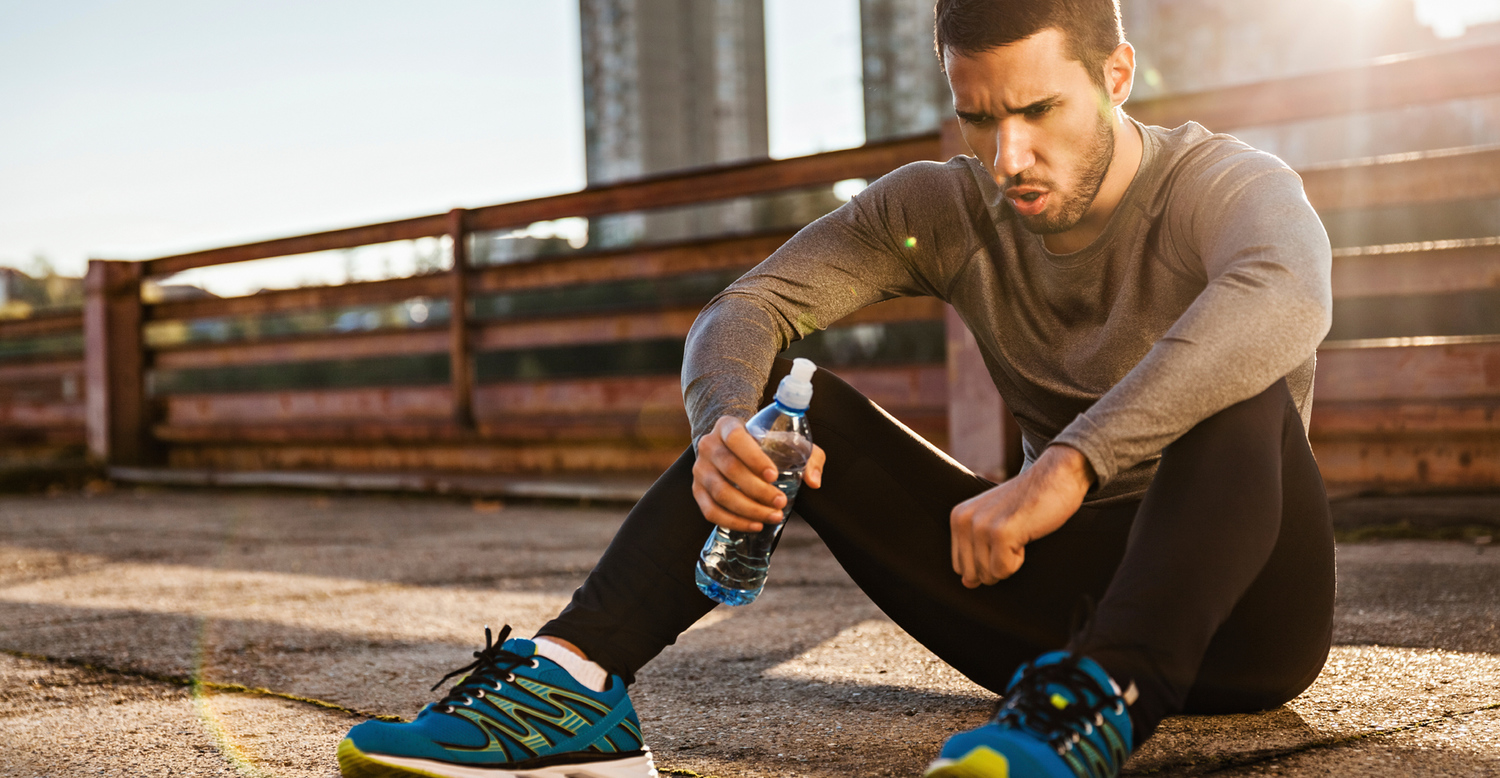
Exercising can profoundly improve both physical and mental health, but it is important we exercise safely as there can be a real risk of injury or harm. In this article we outline various safety tips which should reduce the risk of injury and accidents when exercising, and we have split these into cardiovascular and weight training based activities. It is easy to forget these tips after a while, but sadly it is when we cut corners and become a little too self confident that we will experience hazard situations in the gym. Some of these tips may be obvious, but you would be surprised how often people do not follow these tips and place themselves at risk.
Cardio safety
Incorrect cardio training can induce injuries, strains and ill health. Always speak to your GP before embarking on a fitness program.
Do you have pre-existing conditions? Some people cannot exercise the same way as most other people due to health implications. People with any form of health condition should contact their GP before starting a program. People who take any form of medication should also seek advice.
Warm up and cool down correctly. The muscles of the body should be warmed up prior to exercise to avoid injury and get the body ready for exercise. A 5-10 minute warm up should be ample. The warm up can be a low intensity form of the exercise you will be performing. A cool down is performed for 5-10 minutes at the end of the workout, and is a way of slowly reducing the exercise intensity, possibly ending with some slight stretches.
Wear correct clothing and use correct equipment. Ensure you wear suitable clothing and footwear for the activity you will be performing. If exercising outdoors it would be recommended to wear a bright coloured top so you are highly visible. For added safety it may be worth investing is a cheap whistle which can be kept to hand.
Take and drink plenty of fluids. Dehydration can be very hazardous so it is paramount you take plenty of fluids when exercising. Fluids should be consumed throughout physical activities, as well as before and after.
Weight training safety
Weight training can be very hazardous, and people have even died from dropping weights during a workout. Always speak to your GP before embarking on a fitness or weight training program.
Use safety collars on barbells. Safety collars are there for a reason, so use them. The weight plates can easily slip off a barbell when the collars are not used, which leaves the barbell uncontrollably flying to the side, which is highly dangerous for not only the trainee, but also other gym users close by.
Warm up with a light weight. Warming up is paramount to ensure the target muscles are warmed up and ready for the main training sets. Going straight into a high intensity set can seriously injure the trainee. A couple of warm up sets will take no longer than 5 minutes, and can prevent a trainee being out of training for many months if they became injured.
Ask for a spot and use a thumb around grip. Exercises such as the bench press can be hazardous, especially if using a challenging weight. A spot, if competent, will be there in case you begin to struggle with the weight, and also help with the racking of the weight. A thumb around grip should always be used to ensure maximum grip. A suicide grip, as the name suggests, is not a great idea. Just have a look on YouTube to see the many people who have benched using this technique, only to have 200kg+ barbells fall onto their chest.
Put weights away after you have used them. A clutter free training environment is safer for everybody. You may believe this is the job of the gym staff, but weights spotted around the gym floor are hazardous to the other gym users. If everyone put away their weights it would create a safer place to train, plus trainees will not have a problem finding the weight plates they need!